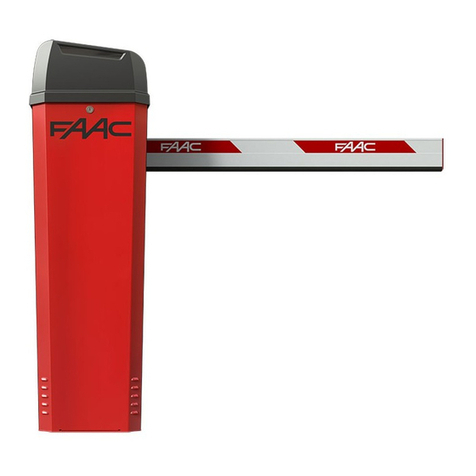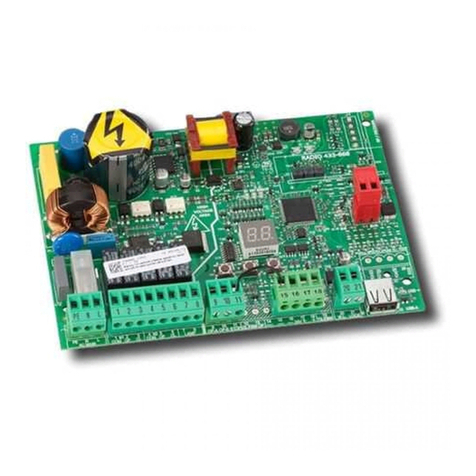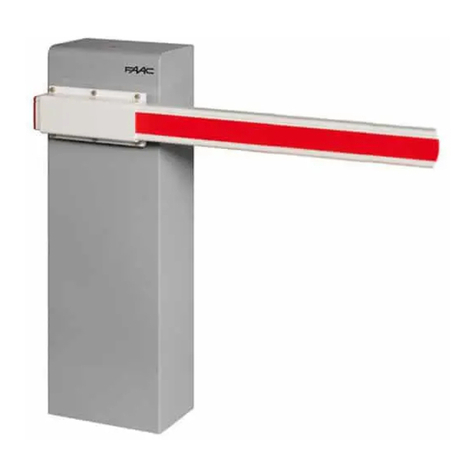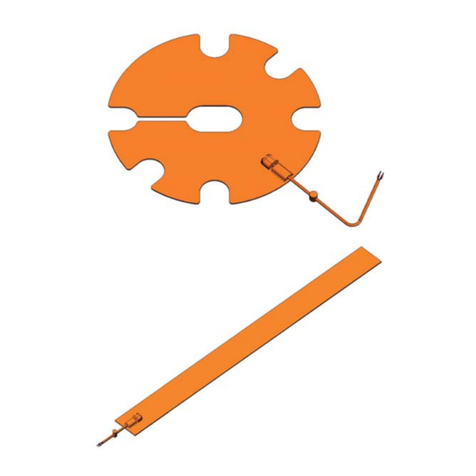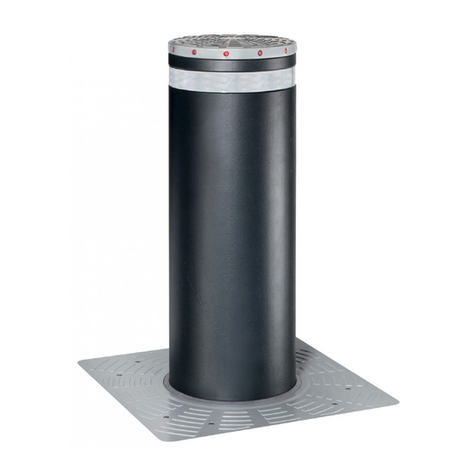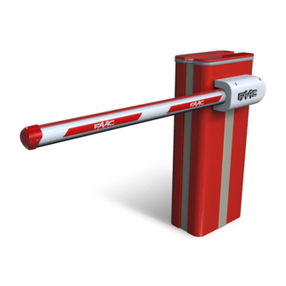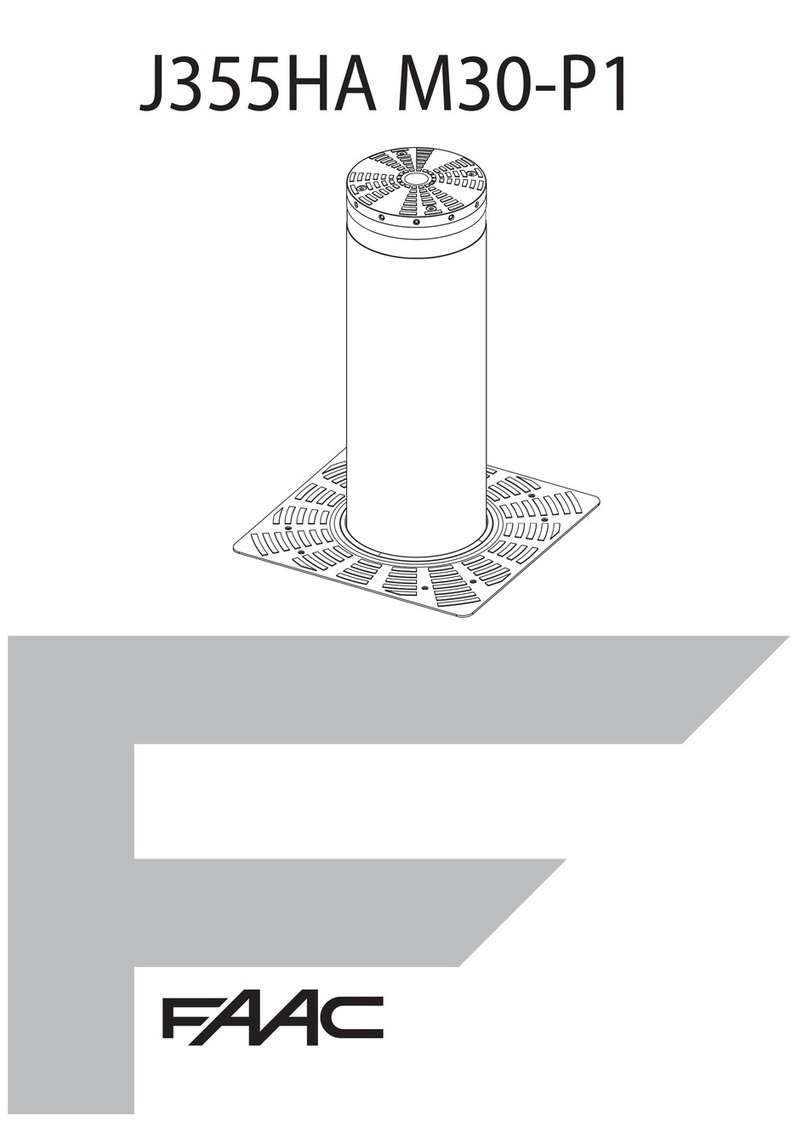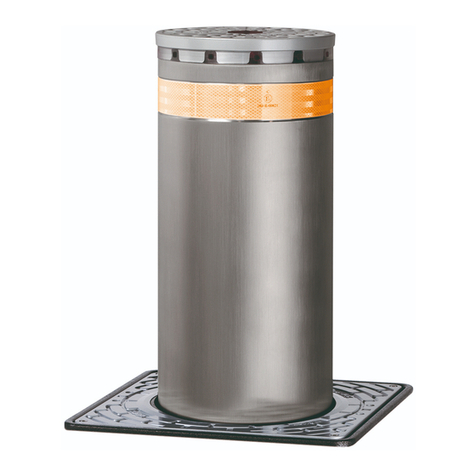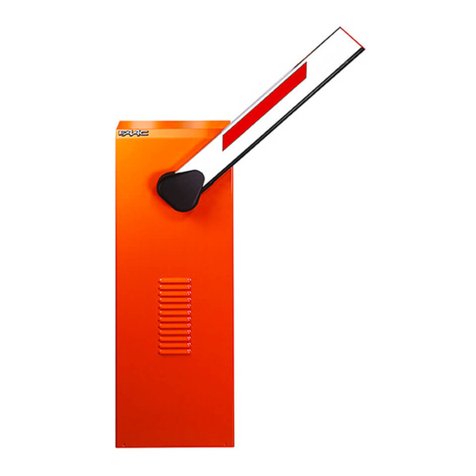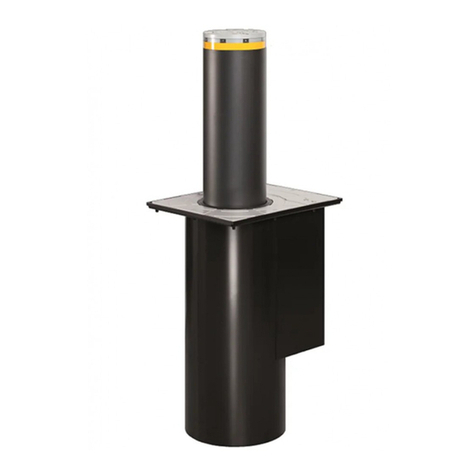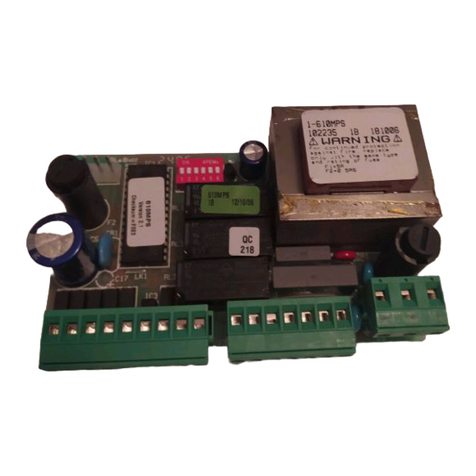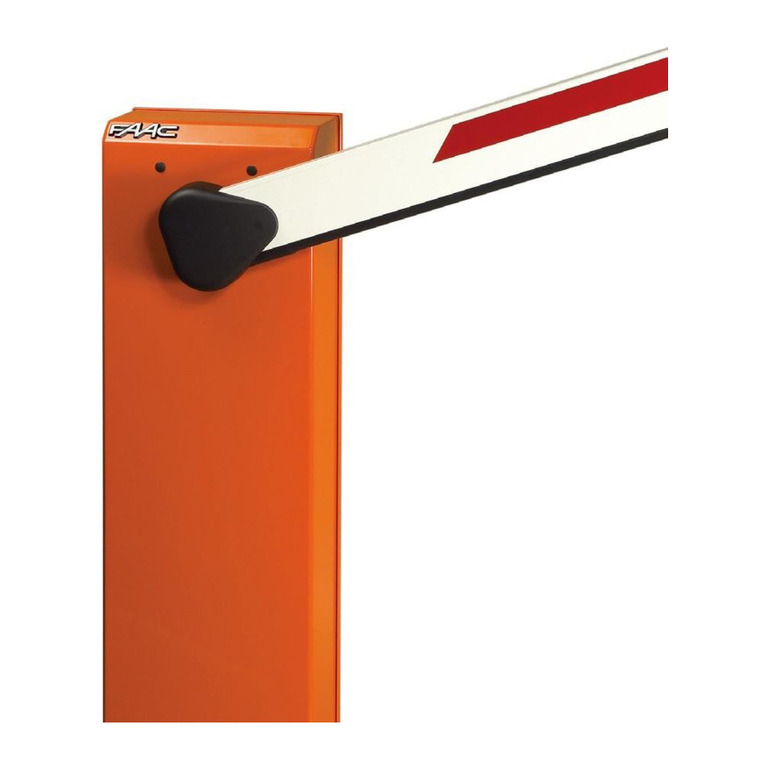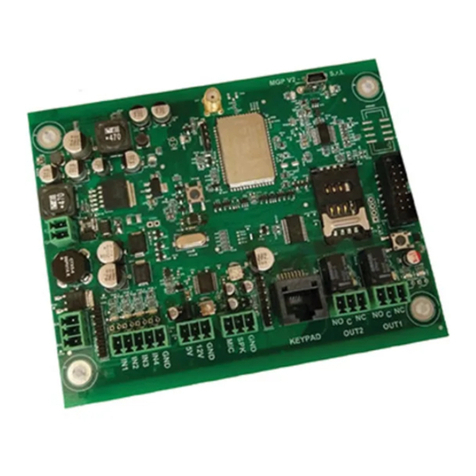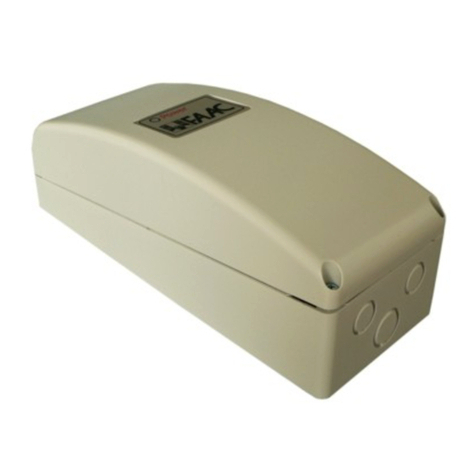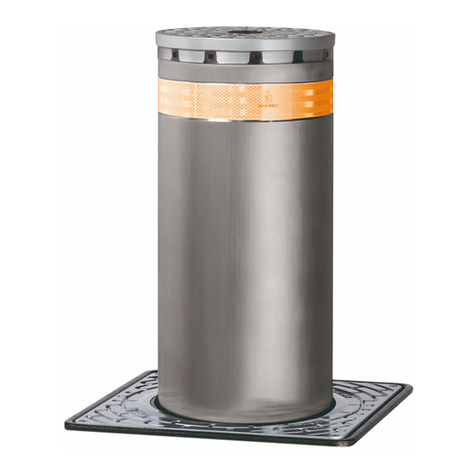
J275 HA 2K20 3 532270 - Rev.A
Translation of the original instructions ENGLISH
EU DECLARATION OF CONFORMITY
The Manufacturer
Company name: FAAC S.p.A. Soc. Unipersonale
Address: Via Calari, 10 - 40069 Zola Predosa - BOLOGNA - ITALY
hereby declares on his sole responsibility that the following products:
Description: Automatic retractable bollard
Model: J275 HA 2K20
comply with the following applicable EU legislations:
2014/30/EU/EU
2011/65/EU/EU
Furthermore, the following harmonised standards have been applied:
EN61000-6-2:2005
EN61000-6-3:2007 + A1:2011
Bologna, Italy, 11-01-2020 CEO
TABLES
1 Symbols: notes and warnings on the instructions ........ 4
2 Technical data ................................................. 8
3 Troubleshooting .............................................16
4 Routine maintenance........................................18
CONTENTS
EU Declaration of conformity................................... 3
EU Declaration of conformity................................... 3
1. INTRODUCTION TO THE INSTRUCTION MANUAL........... 4
1.1 Meaning of the symbols used................................... 4
2. SAFETY RECOMMENDATIONS .................................. 5
2.1 Installer safety .................................................... 5
2.2 Storing the product .............................................. 5
2.3 Disposing of the product ........................................ 5
3. J275 HA 2K20 ....................................................... 6
3.1 Intended use ...................................................... 6
3.2 Limitations of use................................................. 6
3.3 Unauthorised use................................................. 6
3.4 Emergency use.................................................... 6
3.5 Product identification ............................................ 6
3.6 Technical characteristics ......................................... 7
3.7 Component identification ....................................... 7
Installation accessories (supplied separately) ................ 7
Optional Accessories ............................................ 8
3.8 Dimensional drawing ............................................ 8
4. INSTALLATION REQUIREMENTS................................ 9
4.1 Mechanical requirements........................................ 9
4.2 Electrical system .................................................. 9
5. INSTALLATION ................................................... 10
5.1 Installing the bollard ............................................10
5.2 Manual operation................................................11
Release procedure.............................................. 11
Restoring automatic operation ...............................12
5.3 Connections......................................................13
5.4 Board programming.............................................14
5.5 Connecting multiple bollards ..................................14
5.6 Troubleshooting .................................................16
6. MAINTENANCE................................................... 17
6.1 Removing the hydraulic unit ...................................17
6.2 Topping up the oil level .........................................18
6.3 Bleeding the system.............................................18
6.4 Routine maintenance ...........................................18
7. INSTALLING OPTIONAL EQUIPMENT........................ 19
7.1 Installing the pressure switch ..................................19
Multiple connections...........................................19
7.2 Installing the solenoid valve....................................20
Connecting the control coil....................................20
Multiple connections...........................................21
7.3 Cover ..............................................................21
A. Marcellan
EU DECLARATION OF CONFORMITY
The Manufacturer
Company name: FAAC S.p.A. Soc. Unipersonale
Address: Via Calari, 10 - 40069 Zola Predosa - BOLOGNA - ITALY
hereby declares on his sole responsibility that the following products:
Description: Automatic retractable bollard
Model: J275 HA 2K20
comply with the following applicable EU legislations:
2014/30/EU
2011/65/EU
Furthermore, the following harmonised standards have been applied:
EN61000-6-2:2005
EN61000-6-3:2007 + A1:2011
Bologna, Italy, 26-11-2020 CEO
A. Marcellan
DECLARATION OF INCORPORATION FOR PARTLY
COMPLETED MACHINERY
(2006/42/EC ALL.II P.1, LETT. B)
Manufacturerand person authorisedtopreparethe relevanttechnicaldocumentation
Company name: FAAC S.p.A. Soc. Unipersonale
Address: Via Calari, 10 - 40069 Zola Predosa - BOLOGNA - ITALY
hereby declares that for the partly completed machinery:
Description: Automatic retractable bollard
Model: J275 HA 2K20
The essential requirements of the Machinery Directive 2006/42/EC (including
all applicable amendments) that have been applied and fulfilled are as follows:
1.1.2, 1.1.3, 1.1.5, 1.3.1, 1.3.2, 1.3.4, 1.5.1, 1.5.3,
1.5.5,1.5.6, 1.5.7, 1.5.15, 1.6.1, 1.6.2, 1.6.3, 1.6.4, 1.7.1,
1.7.2, 1.7.3, 1.7.4.1, 1.7.4.2, 1.7.4.3
and that the relevant technical documentation has been compiled in compliance
with part B of Annex VII.
Furthermore, the following harmonised standards have been applied:
EN12100:2010
EN60335-1:2012+A11:2014+A13:2017
Andalso undertakestotransmit,in response to areasoned request by thenational au-
thorities, relevant information on the partly completed machinery by mail or e-mail.
Finally, the manufacturer declares that the above-mentioned partly completed
machinery must not be put into service until the final machine in which it is to be
incorporated has been declared compliant with the requirements of the above-
mentioned Machinery Directive 2006/42/EC.
Bologna, Italy
26-11-2020
CEO
A.Marcellan






